Showing results 91-100 of 178 for accessible technologies
Search results
-
Report
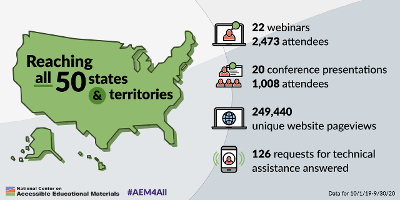
AEM Center at CAST, 2020
Learn more about the AEM Center's technical assistance throughout the United States from October 2019 – October 2020.
-
Podcast
National AEM Center at CAST, 2024
A key goal for this podcast is to share the lived experience of learners who use and benefit from providing accessible educational materials and technologies. In that spirit, this month we are lucky to have Connor Joyce on the podcast.
-
Podcast
National AEM Center at CAST, 2023
CAST Senior Technical Assistance Specialist and CITES Project Director Maggie Pickett, talks with Janna, Samantha, and Bijul to pull back the curtain and share their stories about what worked to build and sustain inclusive technology ecosystems in their districts.
-
Podcast
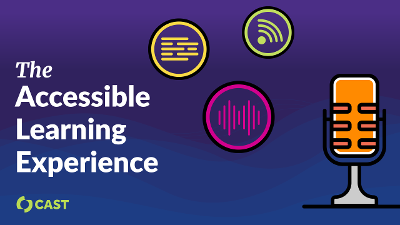
National AEM Center at CAST, 2023
We are excited to launch season 3 of the podcast with a conversation featuring Rebecca Sheffield from the Office of Special Education Programs (OSEP), and Ellery Robinson from the Office of Educational Technology (OET)
-
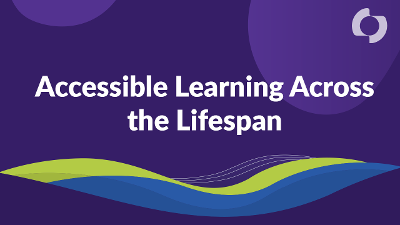
Discover accessible learning across the lifespan in these short and informative videos designed to start conversations about the importance of accessibility and accessible materials in your context.
-
Podcast
National AEM Center at CAST, 2024
In April 2024, the United States Department of Justice issued a final rule requiring state and local governmental entities — including early childhood, elementary, secondary, and postsecondary institutions — to ensure web or mobile app-based digital learning resources are appropriate for and usable by students with disabilities.
-
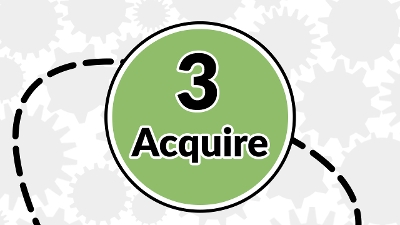
Learn about three options for acquiring accessible formats for your learners once it has been determined that they need them: accessible media producers, publishers and local conversion.
-

Explore the coordinating systems needed for Higher Education and learn how to develop or revise a higher education system to address best practices for the provision of accessible materials and technologies.
-
Presentation

Saturday, November 28 – Tuesday, December 1, 2020
In this poster session, participants will use tools to perform a “mini-audit” of their websites. The mini-audit will give participants a sense for the accessibility of their websites.
-
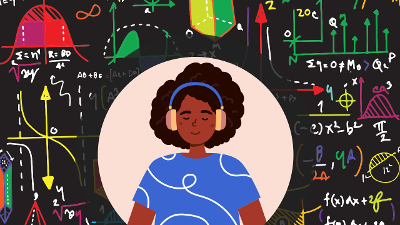
Given the rapid advancement of technology and the urgency of applying scientific solutions to global challenges, all learners need access to STEM education. Creating accessible materials is one way to reduce those barriers so that all learners can participate and choose to advance in STEM fields.
